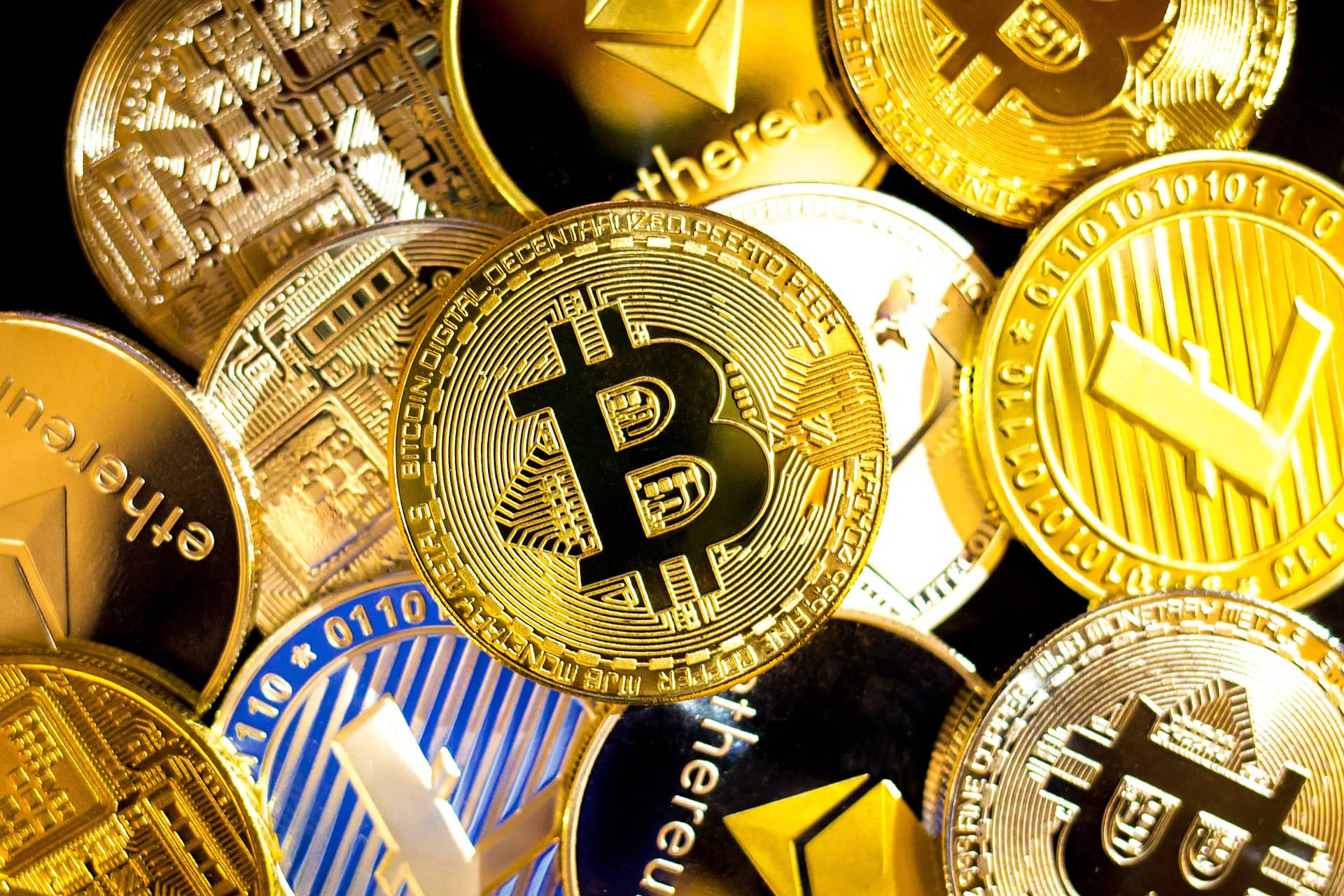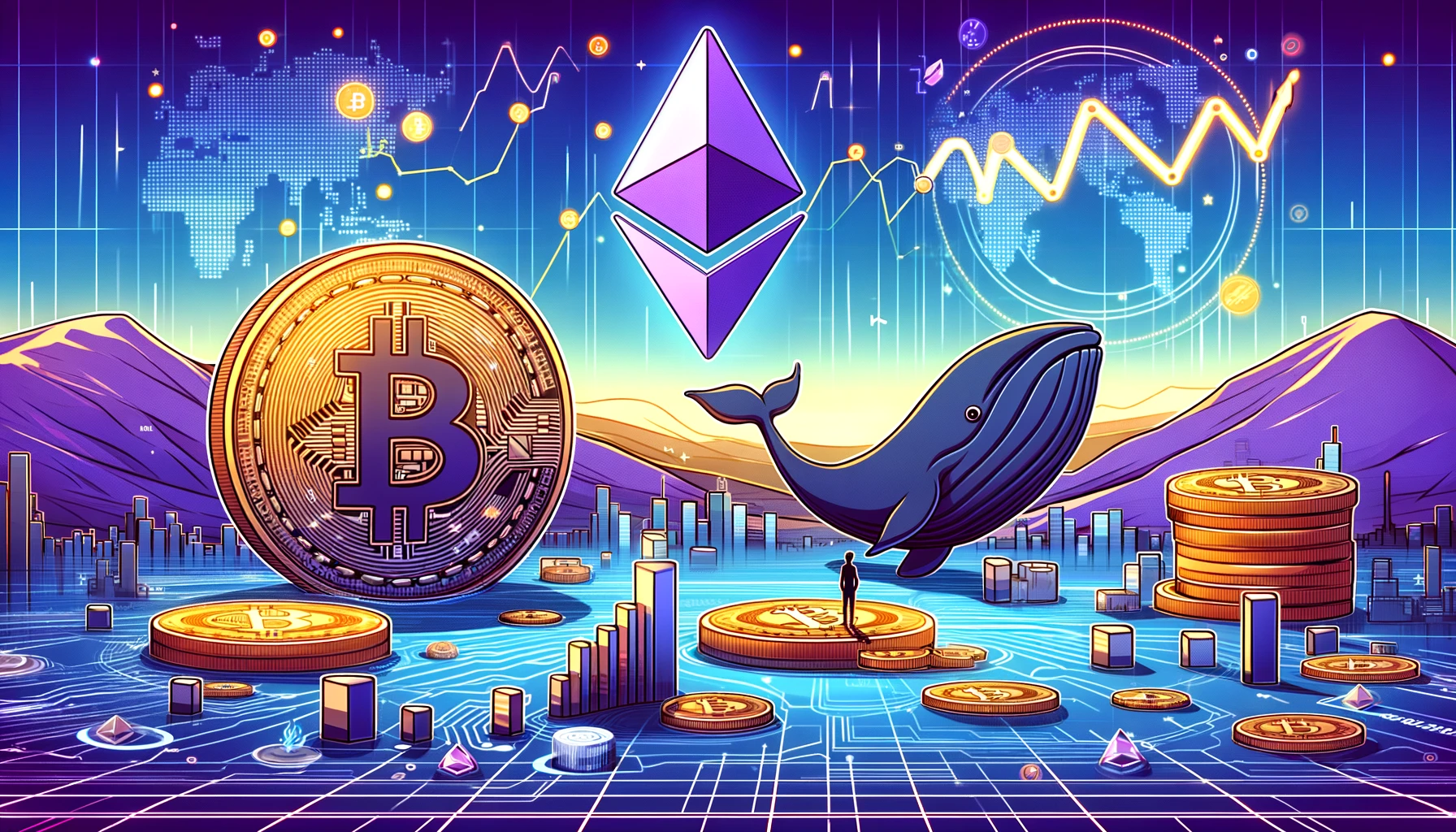Cryptocurrency prices
Dr. Chengdiao Fan holds a Stanford PhD in Anthropological Sciences, harnessing social computing to unlock human potential on a global scale. Chengdiao is building Pi Network to mobilize individuals all over the world to participate and be rewarded for their contributions, and establish an inclusive ecosystem for global citizens to unleash and capture their own agency, and in turn create utilities and productions for society and the world https://kokapandit.net/reviews/poker/poker-stars/.
Dr. Chengdiao Fan, who heads up product, got her PhD from Stanford in Anthropological Sciences (sometimes called Computational Anthropology). She’s an expert in how people use technology together, human-computer interaction, and understanding human behavior, with a goal of using blockchain to help people economically and socially around the globe.
By early 2025, Pi Network had switched to its Open Mainnet. This step took down the barriers of the earlier “Enclosed Network,” meaning it can now connect to other systems, potentially get listed on exchanges, and let more apps plug in. It’s built for phones first, using SCP and those Security Circles. Validator Nodes and SuperNodes are key parts of the system, making sure everything runs smoothly and securely.
Dr. Nicolas Kokkalis, leading the tech side, earned his Computer Science PhD at Stanford, where he also taught the university’s first course on decentralized apps. His work has focused on making distributed systems and human-computer interaction play well together. Interestingly, he cooked up a smart contract framework even before Ethereum came along and also co-founded StartX, a startup incubator connected to Stanford.
Pi Coin’s value has been anyone’s guess. When it was in the Enclosed Mainnet, there was no official price. You could find IOUs for Pi on some exchanges (like HTX, OKX, Bitget), and their prices jumped around a lot. When the Open Mainnet kicked off on February 20, 2025, Pi officially stepped into the wider market. Price guesses have been all over the place; some in the community have pushed for a high “Global Consensus Value” (GCV) based on agreements from bartering, but the actual market hasn’t backed that up. What Pi will really be worth will come down to how many people use it, what you can do with it, if exchanges list it, and how the crypto market feels overall. They also have a lockup feature, where people can choose to lock up their Pi for a while to mine more, which is supposed to encourage people to stick around and keep too much Pi from flooding the market at once.
Cryptocurrency bitcoin price
However, while Nakamoto was the original inventor of Bitcoin, as well as the author of its very first implementation, he handed the network alert key and control of the code repository to Gavin Andresen, who later became lead developer at the Bitcoin Foundation. Over the years a large number of people have contributed to improving the cryptocurrency’s software by patching vulnerabilities and adding new features.
The very first cryptocurrency was Bitcoin. Since it is open source, it is possible for other people to use the majority of the code, make a few changes and then launch their own separate currency. Many people have done exactly this. Some of these coins are very similar to Bitcoin, with just one or two amended features (such as Litecoin), while others are very different, with varying models of security, issuance and governance. However, they all share the same moniker — every coin issued after Bitcoin is considered to be an altcoin.
Bitcoin’s source code repository on GitHub lists more than 750 contributors, with some of the key ones being Wladimir J. van der Laan, Marco Falke, Pieter Wuille, Gavin Andresen, Jonas Schnelli and others.

However, while Nakamoto was the original inventor of Bitcoin, as well as the author of its very first implementation, he handed the network alert key and control of the code repository to Gavin Andresen, who later became lead developer at the Bitcoin Foundation. Over the years a large number of people have contributed to improving the cryptocurrency’s software by patching vulnerabilities and adding new features.
The very first cryptocurrency was Bitcoin. Since it is open source, it is possible for other people to use the majority of the code, make a few changes and then launch their own separate currency. Many people have done exactly this. Some of these coins are very similar to Bitcoin, with just one or two amended features (such as Litecoin), while others are very different, with varying models of security, issuance and governance. However, they all share the same moniker — every coin issued after Bitcoin is considered to be an altcoin.
Cryptocurrency market
A cryptocurrency’s market cap increases when its price per unit increases. Alternatively, an increase in circulating supply can also lead to an increase in market cap. However, an increase in supply also tends to lead to a lower price per unit, and the two cancel each other out to a large extent. In practice, an increase in price per unit is the main way in which a cryptocurrency’s market cap grows.
An altcoin is any cryptocurrency that is not Bitcoin. The word “altcoin” is short for “alternative coin”, and is commonly used by cryptocurrency investors and traders to refer to all coins other than Bitcoin. Thousands of altcoins have been created so far following Bitcoin’s launch in 2009.
With a blockchain, it’s possible for participants from across the world to verify and agree on the current state of the ledger. Blockchain was invented by Satoshi Nakamoto for the purposes of Bitcoin. Other developers have expanded upon Satoshi Nakamoto’s idea and created new types of blockchains – in fact, blockchains also have several uses outside of cryptocurrencies.

A cryptocurrency’s market cap increases when its price per unit increases. Alternatively, an increase in circulating supply can also lead to an increase in market cap. However, an increase in supply also tends to lead to a lower price per unit, and the two cancel each other out to a large extent. In practice, an increase in price per unit is the main way in which a cryptocurrency’s market cap grows.
An altcoin is any cryptocurrency that is not Bitcoin. The word “altcoin” is short for “alternative coin”, and is commonly used by cryptocurrency investors and traders to refer to all coins other than Bitcoin. Thousands of altcoins have been created so far following Bitcoin’s launch in 2009.
With a blockchain, it’s possible for participants from across the world to verify and agree on the current state of the ledger. Blockchain was invented by Satoshi Nakamoto for the purposes of Bitcoin. Other developers have expanded upon Satoshi Nakamoto’s idea and created new types of blockchains – in fact, blockchains also have several uses outside of cryptocurrencies.

